
The 1980s. Ah, what a time to be alive! A decade bursting with big hair, bold fashion choices that we still secretly adore, and an explosion of iconic movies and television shows that have, without a doubt, stood the test of time. Picture it: neon colors illuminating the screen, synthesizers providing the soundtrack to our lives, and a vibrant new crop of exceptionally talented young actors emerging, each promising glittering futures on the silver screen and beyond. They captivated audiences, stole our hearts, and filled us with excitement for what they would do next.
Yet, amidst all that undeniable glitz, glamour, and boundless potential, a darker, more somber truth often lingered just beneath the surface, a poignant reminder that even the brightest stars can, and sometimes tragically do, flicker out far too soon. Hollywood, with all its dreams and dazzling allure, can also be a relentless crucible. It tests the very mettle of its most gifted performers, pushing them to their limits in ways we, the audience, rarely see. For many of these luminous talents, the intense pressure, the constant, unforgiving scrutiny of the public eye, and deeply personal battles with inner demons sadly proved to be an insurmountable challenge.
So, this article isn’t just another list to scroll through; it’s a heartfelt, emotional remembrance, a digital shrine to those incredible figures who touched our lives so profoundly. They made us laugh until our sides hurt, they brought tears to our eyes, they transported us to other worlds, and then, in what felt like the blink of an eye, they were gone. They left behind not just a body of work that continues to inspire, but also a profound and lingering sense of “what if.” Join us as we embark on a poignant journey through the lives and untimely passings of some truly iconic figures. While some shone brightest directly within the ’80s, others left indelible marks that resonated deeply through that decade and far into the future, shaping the very fabric of pop culture. Their performances are eternal, a vibrant testament to their undeniable brilliance, and a powerful reminder that true artistry absolutely transcends the boundaries of time.
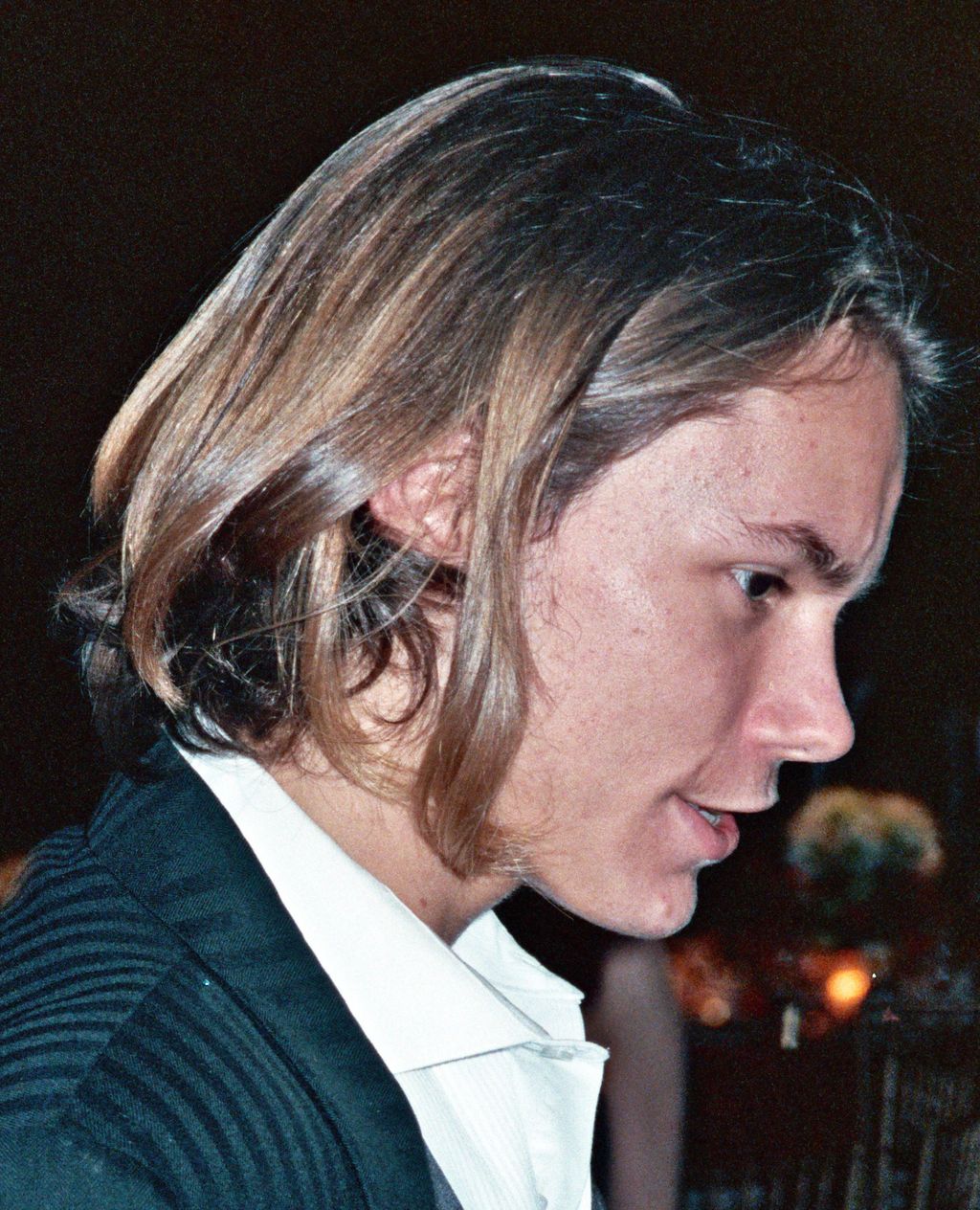
1. **River Phoenix**: River Phoenix wasn’t just another pretty face or a fleeting teen idol of the ’80s; he was, unequivocally, a serious actor, a profound talent who, even at a young age, gravitated towards roles brimming with depth and genuine meaning. From the moment he appeared as the sensitive Chris Chambers in Rob Reiner’s “Stand by Me” in 1986, audiences and critics alike knew they were witnessing something truly special. This film, a beautiful coming-of-age story, perfectly showcased his ability to capture the raw complexities of childhood friendship and vulnerability with an emotional maturity far beyond his years. He was clearly a young man of genuine substance, making him an actor to watch.
From that breakthrough role, River wasn’t content to simply coast on his undeniable charm and good looks. He actively sought out challenging and substantive projects, demonstrating an early and admirable commitment to his craft. He dove into the intense family drama of Peter Weir’s “The Mosquito Coast” and delivered a powerful, Oscar-nominated performance in Sidney Lumet’s “Running on Empty,” portraying a teenager on the run from the law with a depth that resonated deeply. While his one foray into pure teen fluff, “A Night in the Life of Jimmy Reardon,” didn’t quite hit the mark, he still chose smarter, more engaging routes for “popcorn entertainment,” delighting fans as the young, adventurous Indiana Jones in “Indiana Jones and the Last Crusade” and the tech-savvy hacker Carl Arbogast in “Sneakers.”
His career trajectory was soaring, reaching new heights with a stellar, critically acclaimed turn opposite Keanu Reeves in Gus Van Sant’s “My Own Private Idaho.” This performance, in particular, gave every indication that his adult career would be just as fruitful and impactful as his adolescent one, filled with bold, unforgettable, and deeply moving portrayals. Tragically, as is too often the case with young stars grappling with immense pressure, drugs proved to be Phoenix’s downfall. On a haunting Halloween night in 1993, he collapsed outside the Viper Room, a popular West Hollywood nightclub, succumbing to a fatal overdose of cocaine and heroin. His untimely passing at just 23 years old shocked the world and left an immeasurable void, but the extraordinary, timeless work he left behind continues to resonate, powerful and poignant, forever reminding us of the immense talent we lost far too soon.
Read more about: 14 Iconic Cars You Loved, But Seriously, Don’t Drive Today

2. **Heather O’Rourke**: The name Heather O’Rourke immediately conjures images of a sweet, innocent, wide-eyed face and the utterly chilling, unforgettable words, “They’re here.” This remarkable young actress became an indelible icon of 1980s horror cinema, forever etched into our collective consciousness as Carol Anne Freeling in Tobe Hooper and Steven Spielberg’s classic 1982 film “Poltergeist.” She was just six years old when she took on this pivotal role, yet she effortlessly captured the hearts of audiences with her natural charisma, her undeniable screen presence, and an astonishing ability to convey both childlike wonder and profound, supernatural terror. Her performance was not merely good for a child actor; it was a cornerstone of the film’s enduring success, making “Poltergeist” one of the most recognizable and beloved horror movies of the entire decade.
Her role as Carol Anne was far from a one-off; Heather returned to the eerie world of the Freeling family for its sequels, “Poltergeist II: The Other Side” and “Poltergeist III,” further cementing her unique and unforgettable place in pop culture history. Her innocent demeanor, combined with a haunting vulnerability, made her the perfect embodiment of a child caught between worlds, a fragile link to something terrifyingly unknown. She was a true child star of the ’80s, a familiar, comforting, yet also deeply unsettling face who brought both heartwarming moments and spine-tingling chills to countless moviegoers across the globe. Her expressive eyes and quiet strength were simply captivating, elevating the material and leaving a lasting impression.
Heartbreakingly, Heather’s vibrant young life was tragically cut short at a tender age, sending shockwaves through Hollywood and among her legions of devoted fans. On February 1, 1988, at just 12 years old, she passed away due to complications from intestinal stenosis, a rare and sudden medical condition. Her untimely death was a profound loss, leaving behind a legacy that far transcended her mere twelve years. She remains, to this day, one of the most iconic and beloved child stars of the ’80s, a bright, shining light extinguished far too soon, but whose memorable and chilling performances continue to live on, forever part of cinematic lore and a poignant reminder of her enduring talent.
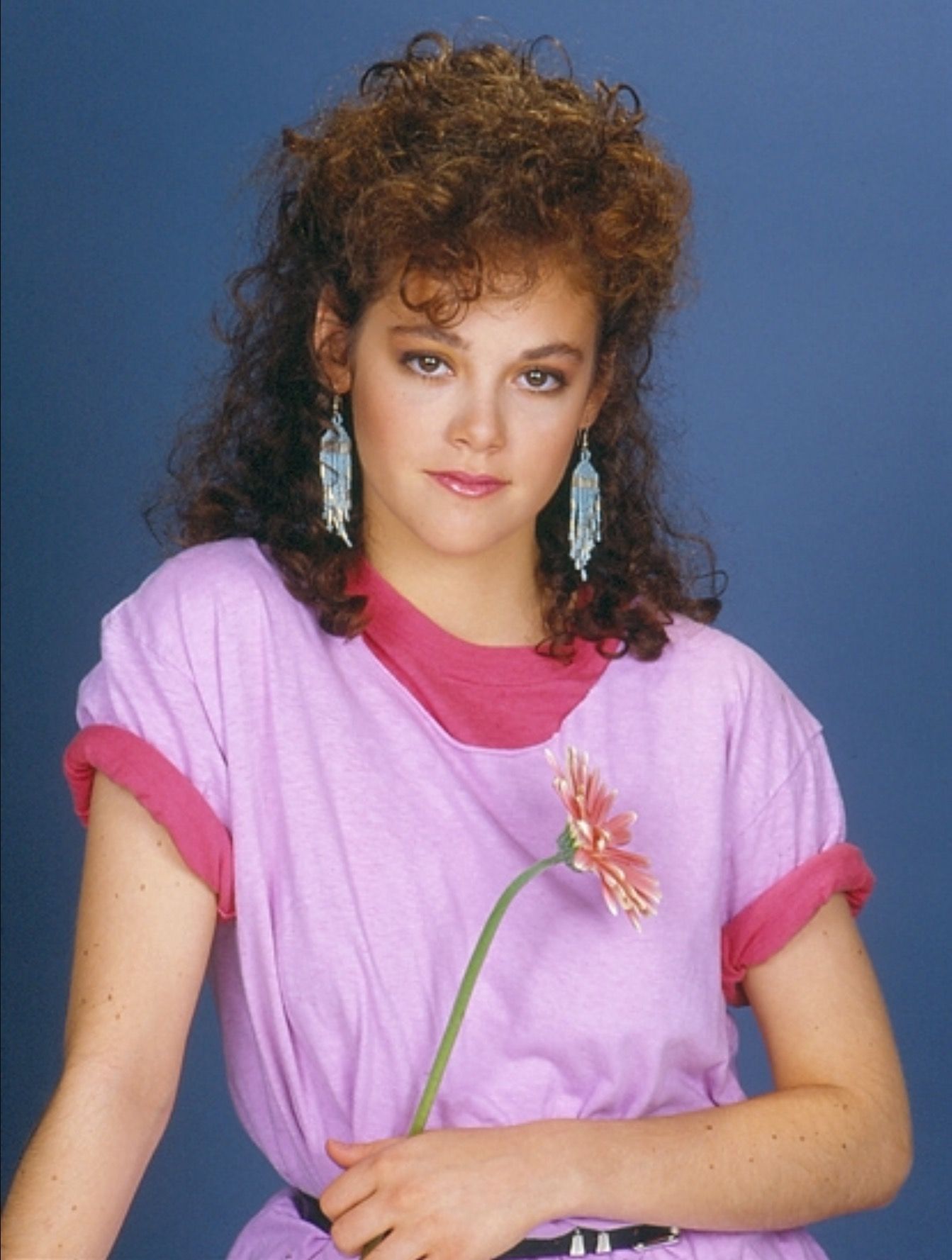
3. **Rebecca Schaeffer**: Rebecca Schaeffer was a rising star with an undeniable sparkle in the late 1980s, a vibrant, promising young actress who was swiftly making a significant name for herself in the competitive world of Hollywood. Audiences instantly adored her for her charming and witty portrayal of Patricia “Patti” Russell in the widely popular CBS sitcom “My Sister Sam,” which graced our screens from 1986 to 1989. Her warmth, her relatable humor, and her authentic depiction of a young woman navigating the complexities of life made her an incredibly beloved figure on television, truly encapsulating the fresh-faced appeal and earnest spirit of the decade’s burgeoning acting talent. She had an infectious energy that simply lit up the screen.
At just 21 years old, Rebecca was on the cusp of an even bigger and brighter career, with every performance she delivered showcasing immense potential and a versatility that hinted at greatness. She was more than just a sitcom star; she was poised for further, more challenging successes, embodying the dreams and aspirations of countless young women who looked up to her during that era. Her presence on screen was a genuine breath of fresh air, a departure from the more dramatic roles, and she possessed that rare, special quality that made audiences feel instantly connected to her, a genuine, heartfelt warmth that shone through each of her memorable performances. Her future seemed limitless, brimming with possibility.
Devastatingly, Rebecca’s promising and vibrant life was senselessly and brutally taken from her on July 18, 1989. At the tragic age of 21, she was murdered by a stalker, a horrific act that left the entertainment world and the entire nation in shock and profound mourning. Her death was not just a personal tragedy but a deeply disturbing event that brought to horrifying light the terrifying dangers of obsession and the often-overlooked dark side of fame. Her passing, sadly, galvanized a movement that led to significant changes in anti-stalking laws, becoming a poignant and enduring legacy of a beautiful life cut far too short, a vibrant talent lost at the absolute peak of her blossoming potential.
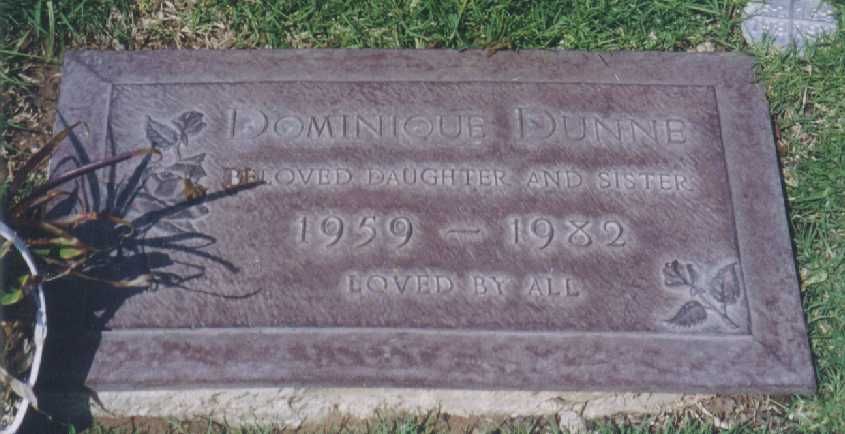
4. **Dominique Dunne**: Dominique Dunne was another captivating young actress whose career, though tragically brief, managed to leave an indelible and haunting mark on the silver screen in the early 1980s. She shared the screen with Heather O’Rourke in the iconic 1982 horror masterpiece “Poltergeist,” portraying Dana Freeling, the elder sister to Carol Anne. Her performance brought a crucial layer of believable teenage angst, rebellion, and vulnerability to the chilling supernatural terror, making her a deeply relatable figure for many young viewers who experienced the film. She played the role with an authentic blend of exasperation and concern, adding much-needed realism to the fantastical premise.
Beyond her unforgettable role in “Poltergeist,” Dominique was steadily beginning to establish herself as a capable and promising actress within the industry. She made notable appearances in several popular television shows and other movies, demonstrating a versatile talent that suggested a long and successful career was undoubtedly lying ahead of her. She possessed a natural, striking beauty and a captivating screen presence that hinted at even greater roles to come. She was a fresh, exciting face on the Hollywood scene in the early ’80s, embodying a certain youthful promise and vibrant energy that resonated deeply within the entertainment industry.
Devastatingly, Dominique’s life was tragically cut short on November 4, 1982, in a horrific act of violence. She was brutally strangled by her ex-boyfriend, just a few short weeks shy of her 23rd birthday. Her sudden and tragic death, occurring so early in her promising career, served as a stark, chilling reminder of the very real and terrifying dangers that young women, particularly those in the public eye, can face. Her passing remains a profound and painful reminder of innocence lost, of immense potential unfulfilled, and a truly poignant chapter in the ever-sad stories of beloved stars who left us far, far too soon. Her memory continues to fuel discussions about domestic violence and the safety of public figures.
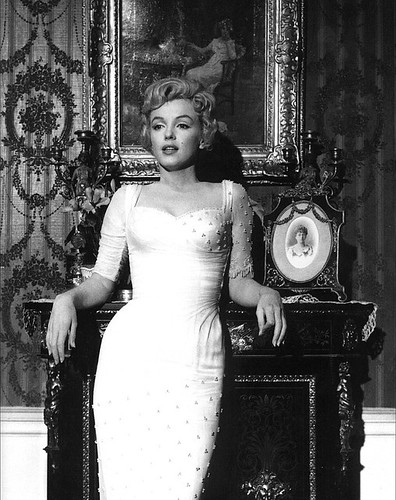
5. **Marilyn Monroe**: While her incandescent superstardom undeniably ignited and flourished during the golden age of the 1950s, Marilyn Monroe’s breathtakingly iconic status, her unparalleled sex appeal, and her profound, pervasive impact on popular culture resonated deeply through every subsequent decade, including and especially the vibrant 1980s. She wasn’t merely a movie star or a fleeting sensation; she became an enduring, almost mythical symbol, a legend whose captivating image, timeless beauty, and unforgettable performances continued to influence fashion, art, music, and even the burgeoning pop music scene of the ’80s. Her instantly recognizable face and alluring persona were everywhere, an eternal emblem of glamour, sensuality, and a poignant reminder of a magnificent bygone era that continuously captivated new generations.
The context reminds us that Marilyn initially “puttered around in movies for a while” before her monumental breakthrough, but “once she finally made a breakthrough, the impact was colossal.” Her legendary run of films, which includes the noir thriller “Niagara,” the sparkling musical “Gentlemen Prefer Blondes,” the witty romantic comedy “How to Marry a Millionaire,” and of course, the enduring classic “Some Like It Hot,” solidified her as a true cultural phenomenon. Beyond her undeniable external beauty and magnetic sex appeal, she possessed a “true knack for comedy” and showcased surprising “dramatic chops,” expertly subverting the very “sex bomb” stereotype that initially defined her. Her talent was rich and multi-faceted, making her a perpetual figure of fascination, long after her physical presence left the screen.
Despite the boundless joy and undeniable charisma she brought to the screen, Marilyn’s personal life was tragically fraught with significant unhappiness and deep internal struggles, which sadly, and ultimately, led to addiction. She died of a barbiturate overdose in 1962 at the heartbreakingly young age of 36. Her untimely and mysterious death only cemented her legendary status, transforming her into an eternal icon, forever young and forever captivating. Even those who weren’t alive to witness her movies during their initial release knew her name and iconic image, a powerful testament to how profoundly her presence changed the cinematic landscape forever. Her enduring influence casts a long, captivating shadow that continues to span generations, echoing powerfully into the ’80s and far, far beyond.
Alright, buckle up, because our journey through the annals of Hollywood’s “lost too soon” isn’t over yet. In the first part of our heartfelt tribute, we remembered some bright lights whose careers, though tragically brief, burned intensely during or profoundly impacted the vibrant 1980s. Now, we’re diving even deeper, stretching beyond the strict confines of the ’80s themselves to encompass more iconic stars whose stories resonate with that same poignant narrative of immense potential tragically unfulfilled. Their legacies are not just about the roles they played, but the emotional chord they struck, connecting with audiences across generations and reminding us of the fragility of even the most dazzling talent. Let’s continue to honor these unforgettable figures, whose contributions to cinema are, quite simply, eternal.
Read more about: Mario Paglino and Gianni Grossi: The Visionaries Who Elevated Barbie to High Art, Leaving an Indelible Legacy

6. **James Dean**: Ah, James Dean. Just hearing the name immediately conjures images of the rebellious, brooding spirit of the 1950s, doesn’t it? He wasn’t just an actor; he was a phenomenon, a generational star who, for whatever reason, managed to encapsulate and define an entire era. It feels virtually impossible to think of the 1950s without his iconic presence coming to mind. He began his captivating journey on television, honing his craft, before making a truly explosive transition to the big screen with 1955’s “East of Eden.” And get this – that was just his first film, setting an impossibly high bar! Can you believe he only starred in two more movies before his life was tragically cut short? Those two were the legendary “Giant” and the quintessential “Rebel Without a Cause.” Three films, three absolute timeless classics. It’s an impeccable, albeit heartbreakingly brief, filmography that continues to resonate with powerful intensity.
The ’50s were a period of immense turbulence for American families, a time when rock and roll burst onto the scene, captivating teenagers and, quite frankly, sending shivers down the spines of their more conservative parents. James Dean, though not a rock star himself, possessed that undeniable look and an attitude that perfectly mirrored the era’s burgeoning youth rebellion. This made him not just a brand-new kind of movie star, but one that young audiences flocked to, seeing their own unspoken anxieties and desires reflected back at them. But don’t think it was all just image; Dean had genuine, raw talent. He effortlessly played characters who were cool, deeply troubled, or, often, a compelling mixture of both. His ability to convey such complex emotions with such minimal effort is why it’s no surprise he’s achieved an iconic status that very few actors are lucky enough to obtain. There was simply no one else like him, a bright, burning star extinguished far too soon, but whose light continues to define an entire generation.
Read more about: Unveiling Automotive Royalty: The 15 Most Iconic Mercedes-Benz Models of All Time

7. **John Cazale**: Here’s a mind-blowing piece of movie trivia for you: John Cazale, an actor whose career was tragically short, appeared in only five movies, and every single one of them was nominated for Best Picture at the Oscars! How unbelievably impressive is that for a legacy? His impeccable resume reads like a dream list for any film buff: “The Godfather,” “The Conversation,” “The Godfather Part II,” “Dog Day Afternoon,” and “The Deer Hunter.” Just soak that in for a moment. This former stage actor wasn’t just a face in the crowd; he was a pivotal part of that incredible wave of 1970s performers who fundamentally changed the cinematic landscape, delivering ultra-realistic performances in ambitious films designed to truly challenge audiences. He brought a profound authenticity to every single frame, elevating every scene he was in, even when his character wasn’t the focal point.
John Cazale possessed a rare, almost chameleon-like quality, an actor with complete and utter credibility. He had this incredible ability to simply disappear into any role, making audiences believe every fiber of his being was that character, without ever resorting to flashy theatrics. When legends and contemporaries like Al Pacino and Robert De Niro sing your praises as an extraordinary talent, you know you’re operating in truly rarefied air, amongst the very best of the best. His five screen performances are not just authentic; they are layered with such nuance that each adds immeasurably to the film as a whole. Sadly, at the time of his passing from lung cancer, he was dating another acting titan, Meryl Streep, who is reported to have stayed faithfully by his side through his terminal illness. Had his illness not claimed his life far too soon, it’s absolutely certain he would have continued working with the absolute best directors and the most dignified co-stars in some of cinema’s most important movies. His dedication to quality work was truly unmatched.
Read more about: Beyond the Screen: 14 Must-Watch Movies You Didn’t Know Were Based on Mind-Blowing True Stories

8. **Heath Ledger**: Remember that electrifying moment when Heath Ledger first burst onto our screens? For many, it was as Patrick Verona in “10 Things I Hate About You,” a silly teen rom-com, yet even then, he was clearly a young man of undeniable substance. This former Australian TV star quickly became one of the most in-demand talents in Hollywood, fearlessly tackling roles in films as diverse as the historical epic “The Patriot,” the swashbuckling “A Knight’s Tale,” the gritty “Lords of Dogtown,” and the fantastical “The Brothers Grimm.” He wasn’t afraid to flex his muscles across genres, proving his versatility and range again and again. But it was his heartbreaking, deeply resonant work alongside Jake Gyllenhaal in “Brokeback Mountain” that truly cemented his status as one of the new wave of leading men, showing a vulnerability and depth that captivated critics and audiences alike.
Then came the performance that would forever etch him into cinematic history: his landmark turn as the Joker in Christopher Nolan’s “The Dark Knight.” It was a portrayal so utterly transformative, so chillingly brilliant, that he would posthumously win an Academy Award, a testament to the sheer power of his artistry. Yet, for all the magic and intensity he created on-screen, Ledger battled intense personal demons off-screen, including a painful breakup with actress Michelle Williams. In 2008, the world was stunned and heartbroken to learn he had died of an accidental prescription drug overdose. Given the immense acclaim for both “Brokeback Mountain” and “The Dark Knight,” it’s safe to say Ledger would have graced us with many more Oscar-nominated – and quite possibly, more Oscar-winning – performances had his life not been cut short. The offers he must have been receiving were undoubtedly top-tier, promising an even more dazzling future. Nevertheless, his existing body of work stands as a powerful and enduring tribute to his staggering versatility, boundless creativity, and profound love of performance. No matter the role, you could always feel the pure pleasure he derived from acting, and that, my friends, is truly an eternal gift.
Read more about: Beyond the Hero’s Shadow: 14 Movie Villains Who Absolutely Stole the Show!
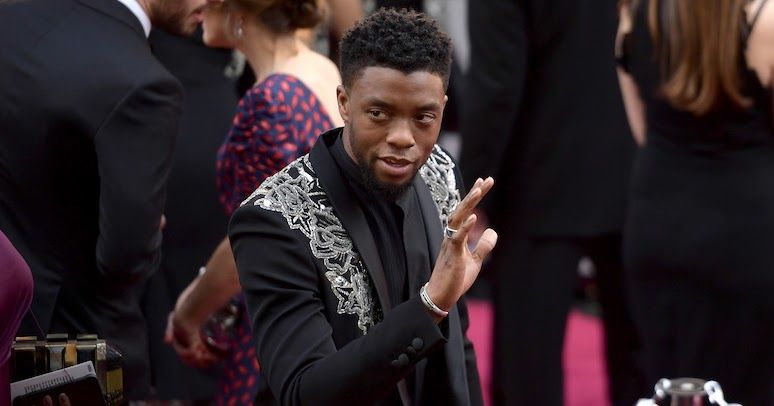
9. **Chadwick Boseman**: The world collectively gasped in shock and profound sorrow when we learned of Chadwick Boseman’s passing from colon cancer. What made it even more staggering was that he had kept his diagnosis fiercely private, allowing us all to continue enjoying his incredible work without the shadow of his personal health struggles overshadowing his artistry. The immense scope of public mourning that followed was a true testament to his wide crossover appeal, a rare gift he possessed. He wasn’t just a vital part of the massively popular Marvel Cinematic Universe, where he brought the iconic T’Challa, the Black Panther, to life with regal power and grace. He was also the star of more high-minded, critically acclaimed fare, delivering an Oscar-nominated performance in “Ma Rainey’s Black Bottom” and a powerful turn in Spike Lee’s “Da 5 Bloods.” Honestly, there was nothing he couldn’t do, and the movie world was undeniably left in a worse condition upon his passing, deprived of a talent unlike any other.
What Chadwick Boseman exhibited, more than anything else, was an unparalleled total commitment to his craft, a dedication that shone through every single character he embodied. Whether he was playing the legendary soul icon James Brown in “Get on Up,” America’s first Black Supreme Court Justice in “Marshall,” or the superhero T’Challa, he was always, always fully credible. He never, not for a single second, “phoned it in.” This unwavering authenticity made audiences absolutely eager to see whatever project he tackled next, knowing they would be treated to something truly special. In fact, if you meticulously examine his filmography, you’ll be hard-pressed to find a single mediocre or bad performance. Boseman simply didn’t settle for anything less than 100% of himself, every time. Combine that fierce commitment with the staggering versatility of what he could achieve on screen, and it becomes glaringly obvious that while his career was tragically cut short, his legacy as a top-tier actor is destined to endure for a very, very long time. Decades from now, his work will still be – and you’ll forgive the pun – absolutely marveled at.
Read more about: The Top 14 Baseball Movies Every Fan Needs to See
As we close this poignant chapter, we’re left with a mosaic of glittering talent and heartbreaking loss. These aren’t just names on a list; they are vibrant souls who graced our screens, stirred our emotions, and left an indelible mark on the tapestry of pop culture. From the ’80s stars who captivated a generation to the icons whose influence echoed through it, each story is a powerful reminder of the immense artistry that can emerge, and the profound void left when it departs too soon. Their work, preserved forever in celluloid and digital streams, continues to speak to new audiences, a living, breathing testament to their brilliance. But these stories also serve as a crucial, tender warning: that beneath the dazzling lights of fame, there are real people battling real struggles. Let’s remember them not just for the roles they played, but for the human spirit they embodied, and let their legacies inspire us not only to appreciate art but also to cherish life and support one another in this wild, beautiful, and sometimes all-too-brief journey. Their light may have dimmed, but their impact? Absolutely eternal.



